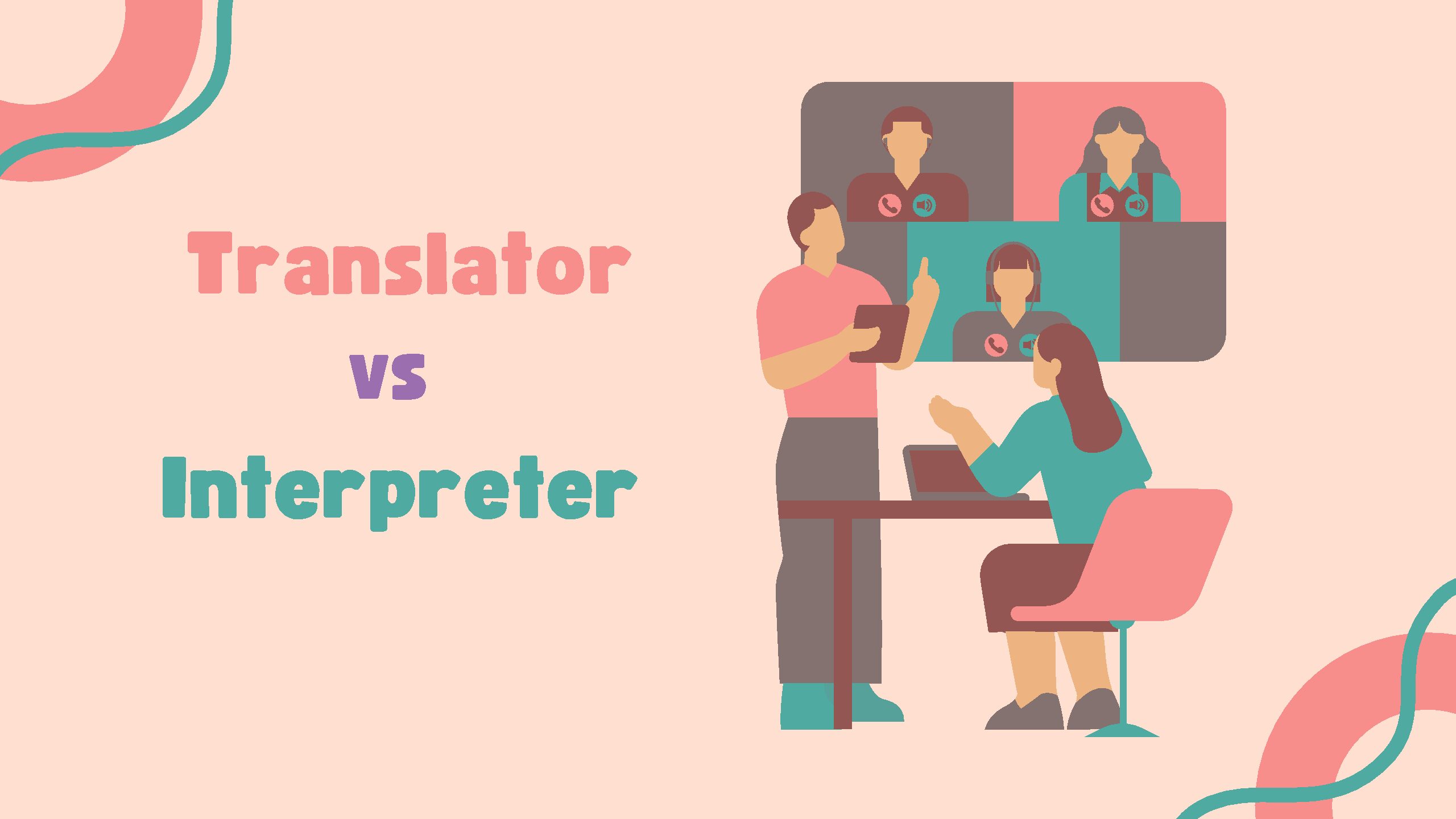There exists a widespread misunderstanding regarding the roles of translators and interpreters, despite their notable differences. A fundamental distinction lies in their tasks: a translator works on translating written materials such as documents, transcripts, and books, while an interpreter conveys spoken messages into another language. Specifically, a Spanish interpreter can perform either simultaneous or consecutive interpretation. However, mastering both methods requires dedicated training to ensure a seamless and coherent flow. Even minor pauses or translation errors can significantly impact communication and comprehension.
Pros and Cons of Being a Spanish Translator
Pros:
- Time Flexibility: Translators often have more control over their schedules as they can work on written materials at their own pace.
- Precision: They have the luxury of time to research and ensure accuracy in their translations.
- Resources: Access to various dictionaries, glossaries, and resources aids in producing high-quality translations.
- Specialization: Translators can specialize in specific fields like legal, medical, or technical translation, allowing for in-depth knowledge.
- Editing Opportunities: They can review and edit their work thoroughly before finalizing translations.

Cons:
- Isolation: The nature of the job can be solitary, involving long hours working alone.
- Time-Intensive: Complex translations can be time-consuming, impacting productivity and earnings.
- Subjectivity: Translators may encounter challenges in interpreting context or idiomatic expressions accurately.
- Client Communication: Sometimes, there might be a communication gap between the translator and the client, leading to misunderstandings.
- Revision Requests: Clients might request numerous revisions, extending the workload without additional compensation.
Pros and Cons of Being a Spanish Translator
Pros:
- Real-Time Interaction: Interpreters engage in live conversations, facilitating immediate communication between parties.
- Adaptability: They quickly adjust to diverse settings and language nuances during interactions.
- Networking: Opportunities for networking and meeting new people often arise due to the nature of their work.
- Variety: Interpreters can work in different settings such as conferences, courts, hospitals, etc., adding variety to their work.
- Dynamic Work: The job tends to be fast-paced and exciting, keeping the workday interesting.
Cons:
- Pressure: Simultaneous interpreters, especially, work under immense pressure due to real-time translation requirements.
- Limited Context: They might not always have complete context or background information, leading to potential misunderstandings.
- Physical Demands: Continuous interpretation, especially for long sessions, can be mentally and physically exhausting.
- Lack of Control: Interpreters have less control over the pace of conversation, making it challenging to ensure accuracy.
- High-Stress Environments: Certain settings, like legal or medical interpreting, can be highly stressful due to the gravity of the situations.
Both roles offer unique challenges and rewards, catering to different skill sets and preferences of individuals.
